Borderlands 4: Chaos Unleashed
Borderlands is experiencing a peculiar situation. On one hand, it is a leading title in the “Looter Shooter” genre, with its early releases leaving a mark on an entire generation, including the current writer. This is thanks to its dark humor and high replayability.
On the other hand, questionable decisions like a lackluster movie adaptation, a poorly managed spin-off sequel, and external factors such as player fatigue with grind-based gameplay and rising development costs (resulting in higher prices for consumers) make Borderlands 4 a hard purchase to justify for anyone except die-hard fans.
In recent weeks, we’ve been glued to our screens, analyzing, pondering, and writing about our adventure in Kairos. So let’s cut to the chase and answer the most pressing question: Is it a must-play game this season, or is it bound to be forgotten on a restaurant table on a USB stick?
A Tango Full of Explosions, Screams, and Drama
Our toughest decision when starting the game was choosing our vault hunter. To not repeat the story of our previous post from a few days ago (which can be read here), we chose Vex: “The Dark Siren,” as a quick look at her skill tree revealed her summoning abilities. We thought it would be useful for our review and playing solo. We do not regret this choice at all.
A recurring fear when hearing the term “Looter Shooter” is the potential for bland combat that prioritizes statistics over mechanical expression, like the bullet sponge enemies or gimmicks such as the mandatory Slag in Borderlands 2.
We know better than anyone that spending hours analyzing skill trees and eagerly anticipating that final piece to complete your build is crucial to the experience. Honestly, that’s what we expected from Borderlands 4, so it was a surprise that Gearbox prioritized retaining a combat loop that allows us to stretch our skills and fix any issues with the gameplay.
This is thanks to the movement abilities. The double jump, arm grapple, lateral dash, and rocket pack accessible to all characters make each combat minute a dance filled with explosions, screams, and drama that kept us hooked during our time in Kairos.

Add to this the combat zone design, as there are always points to use the grapple or different routes to leverage these abilities. Everything functions in harmony when battling bosses, which as mentioned in our preview a few days back, are filled with mechanics reminiscent of Path of Exile or Diablo.
For example, in one early vault, about five hours in, we dealt with an arena that filled with acid while swinging from the ceiling using our grapple as we emptied magazine after magazine to move to the next phase. This doesn’t only occur with bosses; we also noticed “Badass” ranked enemies had a few light mechanics to make dodging their attacks possible, adding variety beyond just “shoot the bad guy until they die” repeatedly.
This gameplay style kept us in a trance that was hard to replicate, only interrupted by birds singing outside our window… or realistically, the garbage truck.
A recurring sense of relief arose as we traversed Kairos noticing quality-of-life improvements that previously halted our play in past titles—like “mark as junk” buttons, inventory tags, more specific filters, the inventory filling the entire screen, and a host of small annoyances inherited over years. While not groundbreaking in the gaming world, we appreciate Gearbox for implementing tools that cater to the loot-loving gamer within us.
Speaking of loot, we immediately noticed a positive change: a reduction in the number of Legendary weapons. So, each time we saw that glorious orange ray amidst the loot explosions, we rushed to grab our new tool of destruction. The rest of the arsenal proved useful, reducing the need to grind for better gear throughout the campaign.

We won’t discuss the story to avoid spoilers, but we can say the execution is… good?!
As surprised as you might be, we have to applaud Gearbox’s script team for donning their comedy pants and delivering numerous laughs during main and side missions.
The humor is varied: from entire missions filled with innuendos to visual punchlines making excellent use of this medium. While not a masterpiece worthy of the Coen brothers, we can say this: The mute button for Claptrap? We never used it. In fact, we actually grew to like the guy.
Lastly, we must commend the audio design. It’s hard to explain, but everything exudes satisfaction; like opening a soda can on a hot day—the loot boxes opening, weapon sounds, bandit pieces exploding in a symphony of cries and blasts, combined with the soundtrack—prevented us from running something in the background while grinding collectibles or traversing the map.

The Performance of Borderlands 4: Let’s Get Serious
To be fair, 2K informed us about the famous Day 1 patch that numerous releases in our industry have suffered from, such as shader compilation improvements being top priorities. Hopefully, this is the case because at a $70 USD launch, we must discuss performance seriously.
We played on a high-end machine at 1440p with DLSS set to balanced and no frame rate generation using a mix of medium and high in-game settings.
With the components listed on screen, we experienced stuttering, lag, and several visual issues that are becoming typical with Unreal Engine 5.
These errors were particularly frustrating as it is an open-world game where high-speed vehicle traversal highlighted Unreal Engine 5’s notorious issue: traversal stutter. It was like a little gremlin kicking at our heels, visiting unpredictably and varying in severity each time.

Additionally, a constant issue prevented viewing thumbnails in our backpack, progressing some missions, and caused forced shutdowns, sound problems, and occasional plunges into the void beneath the map.
We hope the Day 1 patch helps mitigate these problems, but for now, we advise caution regarding this aspect, as we didn’t get to test the game’s performance on mid-range machines or consoles.
We also need to discuss the structure of some missions. While we enjoyed tracking characters and found narrative-rich side missions fun, the gameplay falls into a genre classic: repetition.
Most objectives boil down to “eliminate ‘X’ amount of ‘Y’,” retrieve the item for the NPC that gave the mission, and return to deliver it. We know it’s common for the genre, but the repetition grew tedious when a mission required us to repeat that loop 2-3 times.
Adding to this, certain missions require holding an item in the left hand, preventing the use of movement skills or summoning your vehicle for faster map traversal. The first, second, maybe the third time you need to run 600 meters to the delivery zone is okay, but this objective type frequently shows up in missions and activities needed for improvements throughout Kairos. Tedious, to say the least.
Small decisions like restricting active missions to one, or activities merely under a timer where you must wait for a progress bar made us feel Borderlands 4 didn’t always respect our time.

Was Changing to an Open-World Format Worth It?
Reading the credits, we were struck by the lineup of composers involved in the project. It includes music from Finishing Move, who also worked on DOOM: The Dark Ages; legends like Cris Velasco from God Of War 3; and composers returning from Wonderlands and New Tales From the Borderlands, like Joshua Carro and Christian Pacaud.
Don’t get us wrong; the music is very well-produced, arriving at the right moments, and we loved how each faction had their own themes. However, we felt a lack of variety in the combat sequences. What happened was we could never hear the music for more than a few seconds before it was curtailed by cutscenes; which is frustrating because during 40 hours of gameplay, hearing the same loops repeatedly is aggravating. It’s disappointing, considering the extraordinary talent involved.
We were also a bit perplexed by the switch to an open-world format. While it seems a natural evolution for Borderlands, truthfully, we didn’t notice much difference from previous installments—if anything, fewer loading screens and less distinct locations.
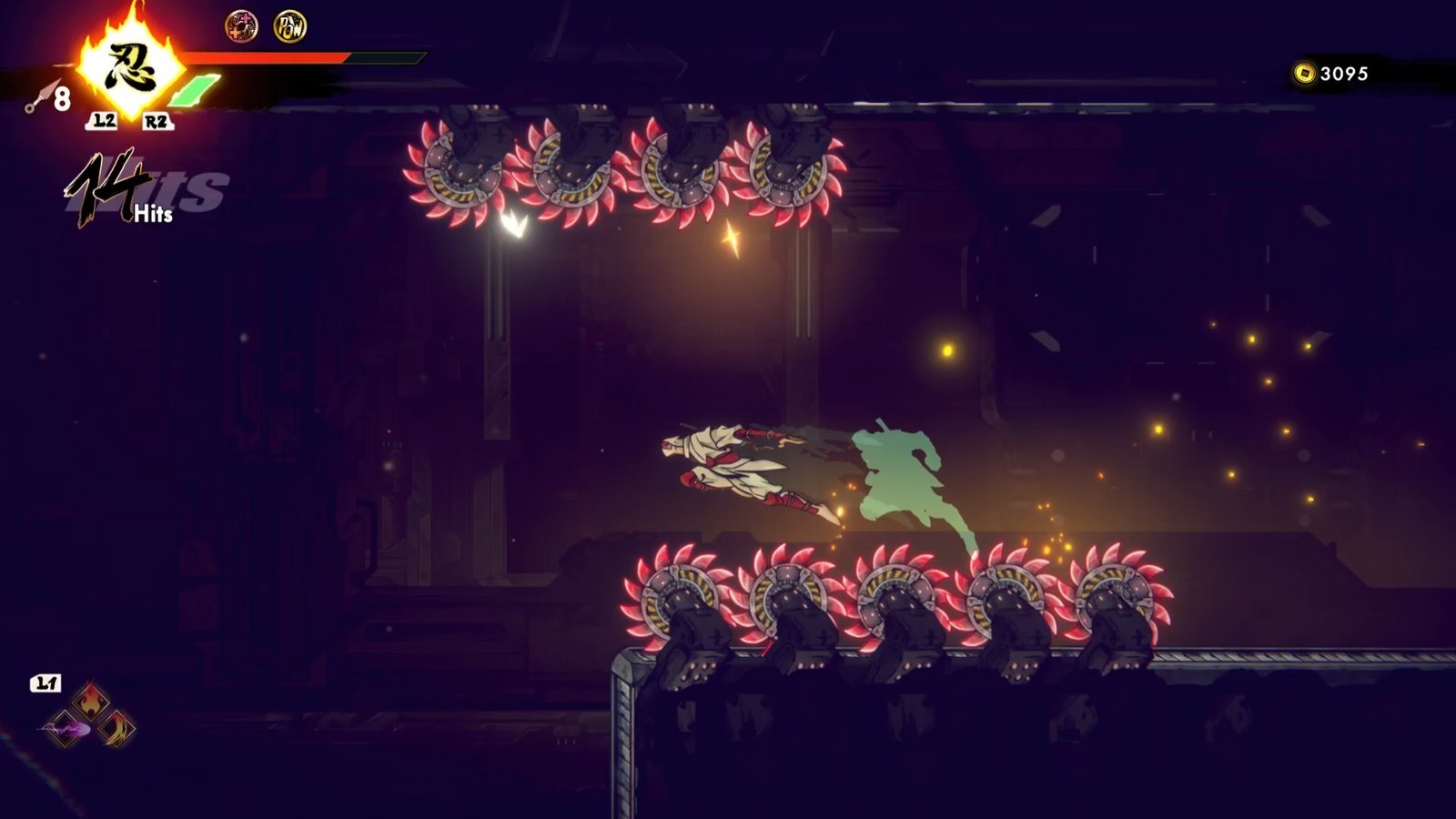
On another note, as we progressed, we found ourselves using the aiming button less frequently. The thing is, most weapons feature sights and visual effects or animations that make maintaining target visibility difficult, disappointing us a bit because our skill tree advancements were based on critical shots. Ultimately, we opted to abandon this mechanic and shoot from the hip.
We were also disheartened to see little development from certain in-game manufacturers regarding weapon feedback. Jakobs, Torgue, and Valdorf remain our favorites due to the tangible feedback of firing bullets, whereas Maliwan, The Order, and Teidore feel weak and weightless.
As they are essential for applying elemental damage, we had hoped Gearbox would reevaluate these companies so using them wouldn’t feel like a chore… but unfortunately, this was not the case.
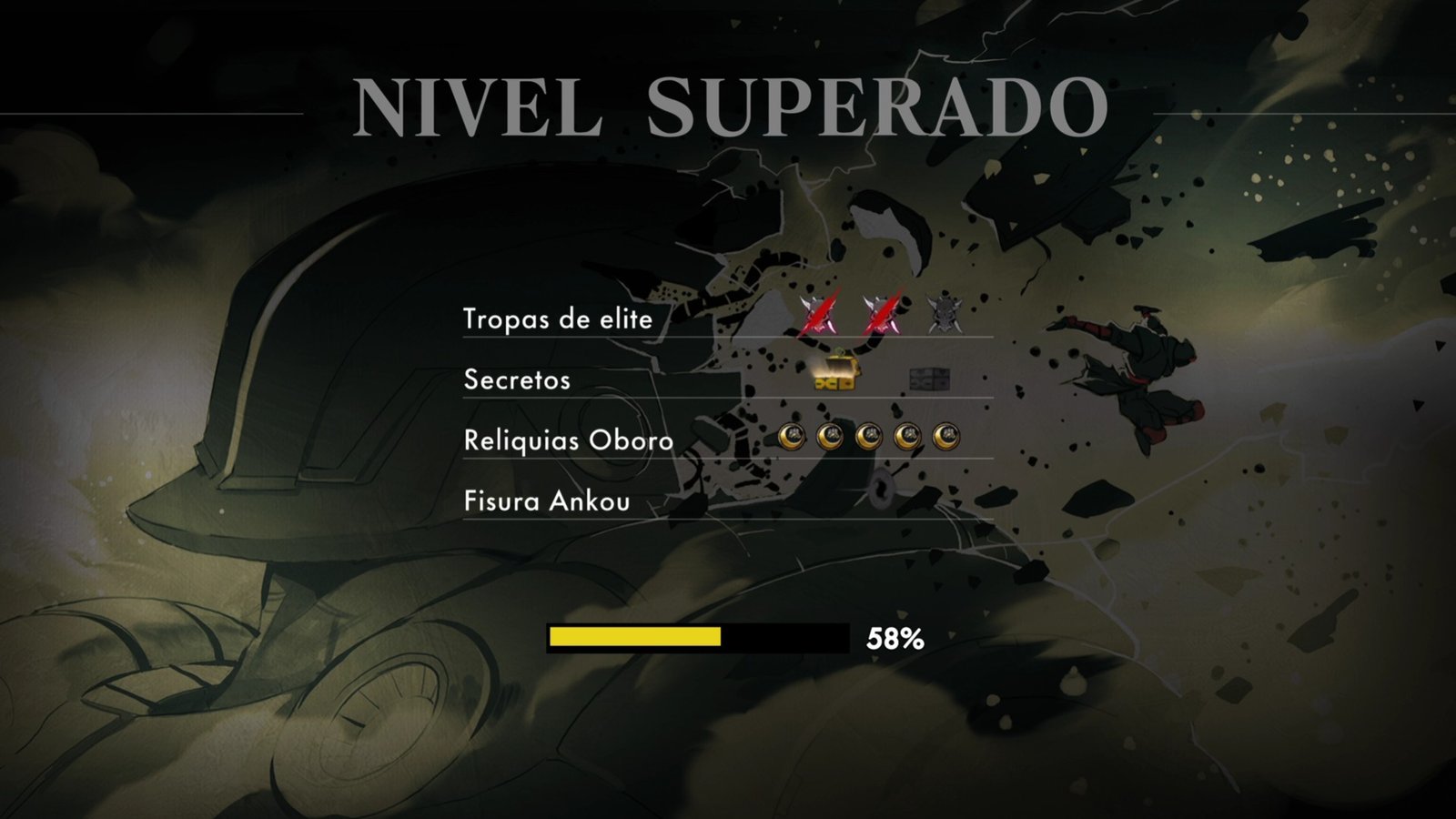
For Better or Worse, It’s More Borderlands
We were pleasantly surprised by Borderlands 4. It’s a game that managed to keep us engaged for weeks while writing this review, and we know we’ll continue to follow up on loose ends and experiment with the remaining characters. However, technical issues and the close-to-launch embargo raise concerns that we hope are unfounded.
For better or worse, the reality is that it’s more Borderlands. We don’t mean this negatively; after all, its pioneering role in the looter shooter genre is undeniable. What we mean is, if you didn’t enjoy the loop in previous games, we don’t expect this title to change your mind.
On the other hand, for those who felt Borderlands 3 or Wonderlands fell short, this is a good sign that our return—not to Pandora, but to a game learning from past mistakes and striving to restore fan trust—is worthwhile. That’s if we ignore the technical aspect.
This package offers substantial content, and while the dialogues and characters are captivating enough to bear the weight of a gaming structure starting to show its age, we can’t help but wonder what could have been achieved if the focus was shifted from quantity to quality.



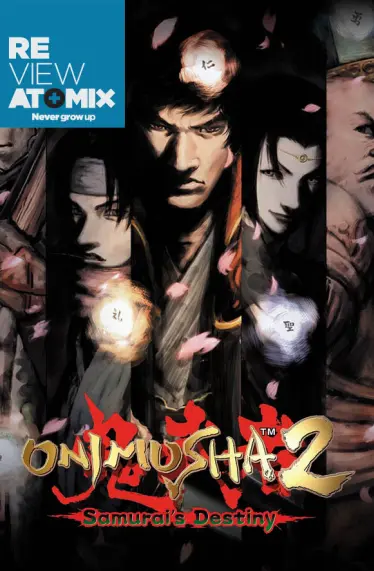

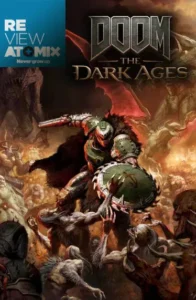


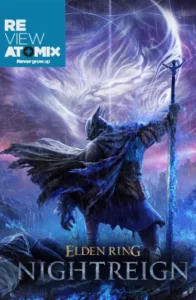





Post Comment